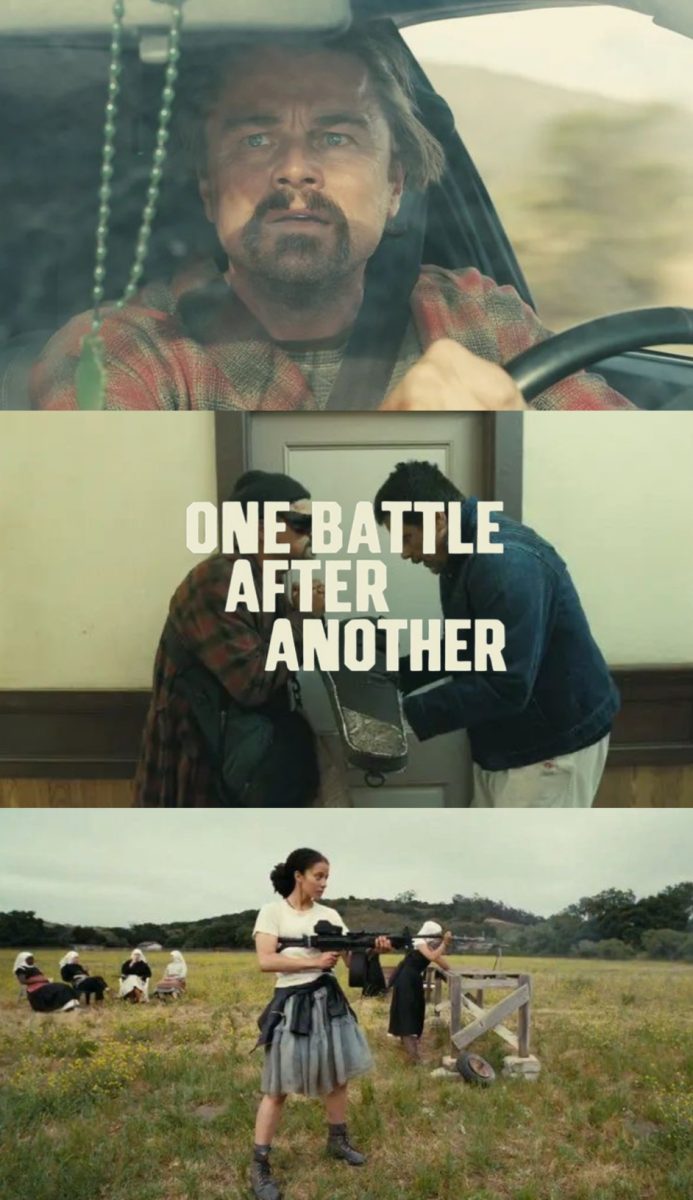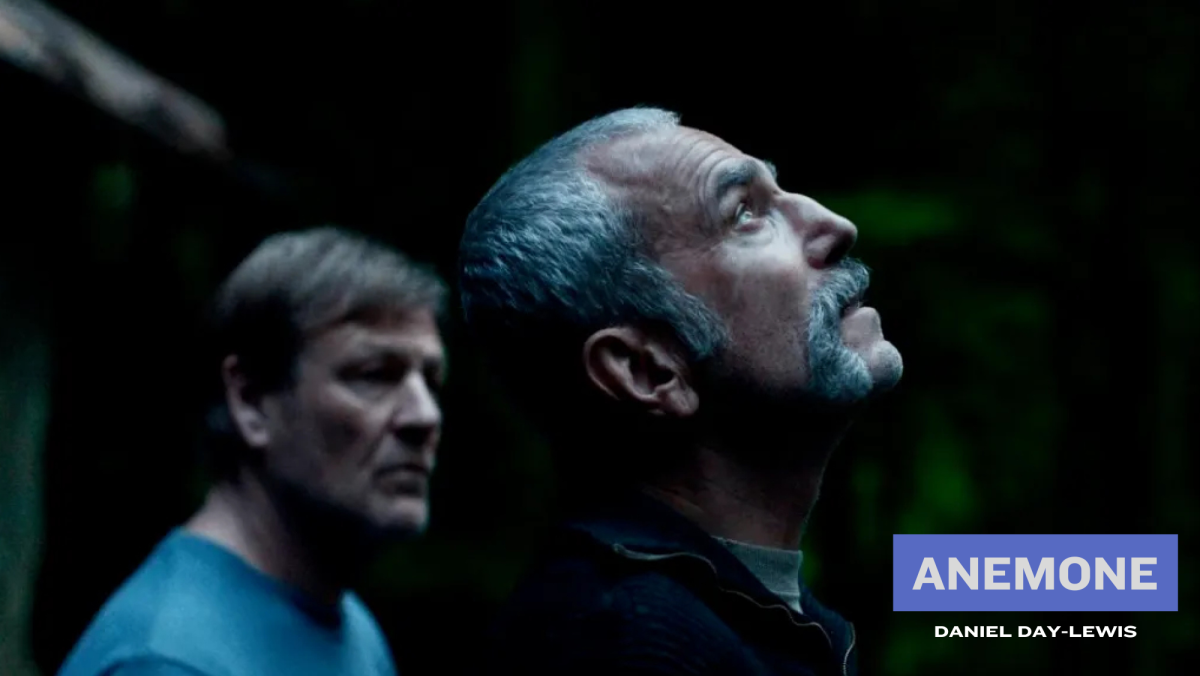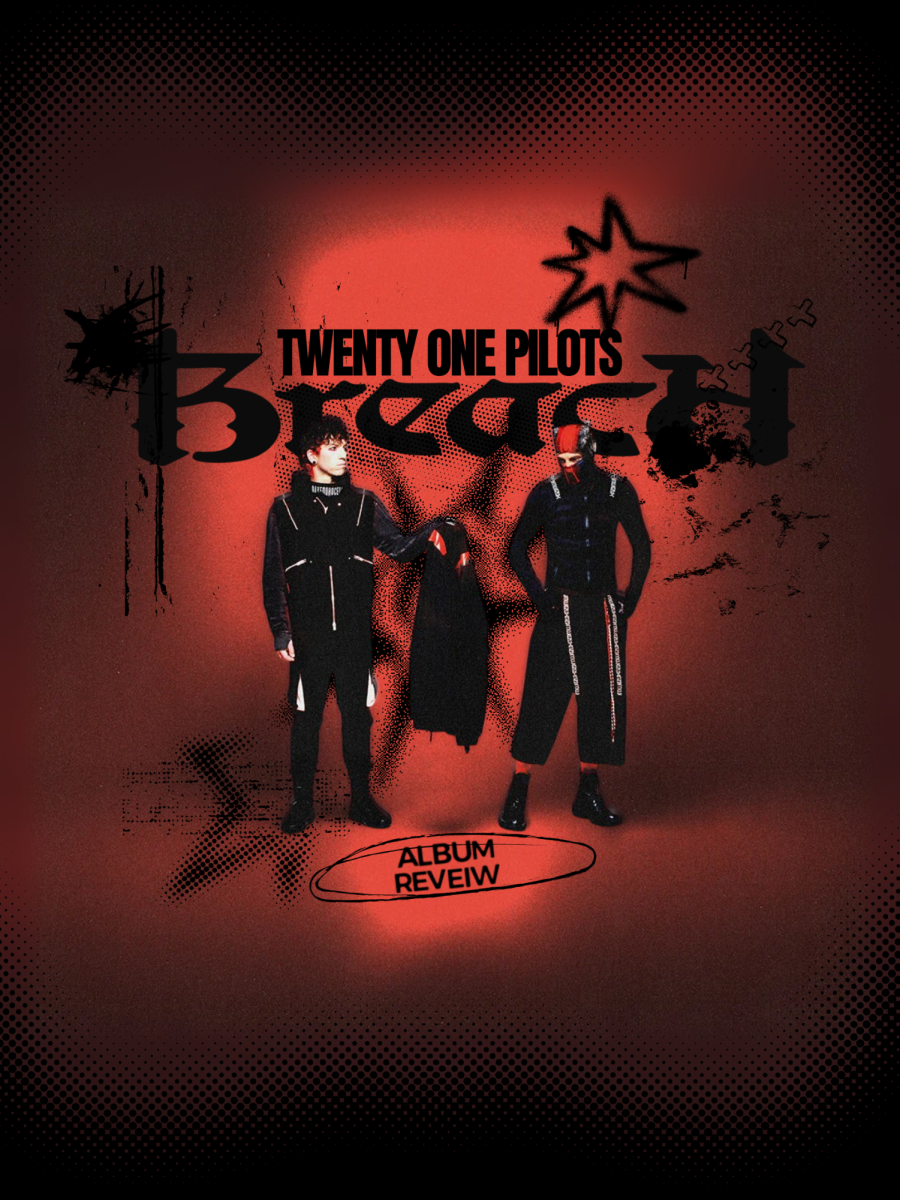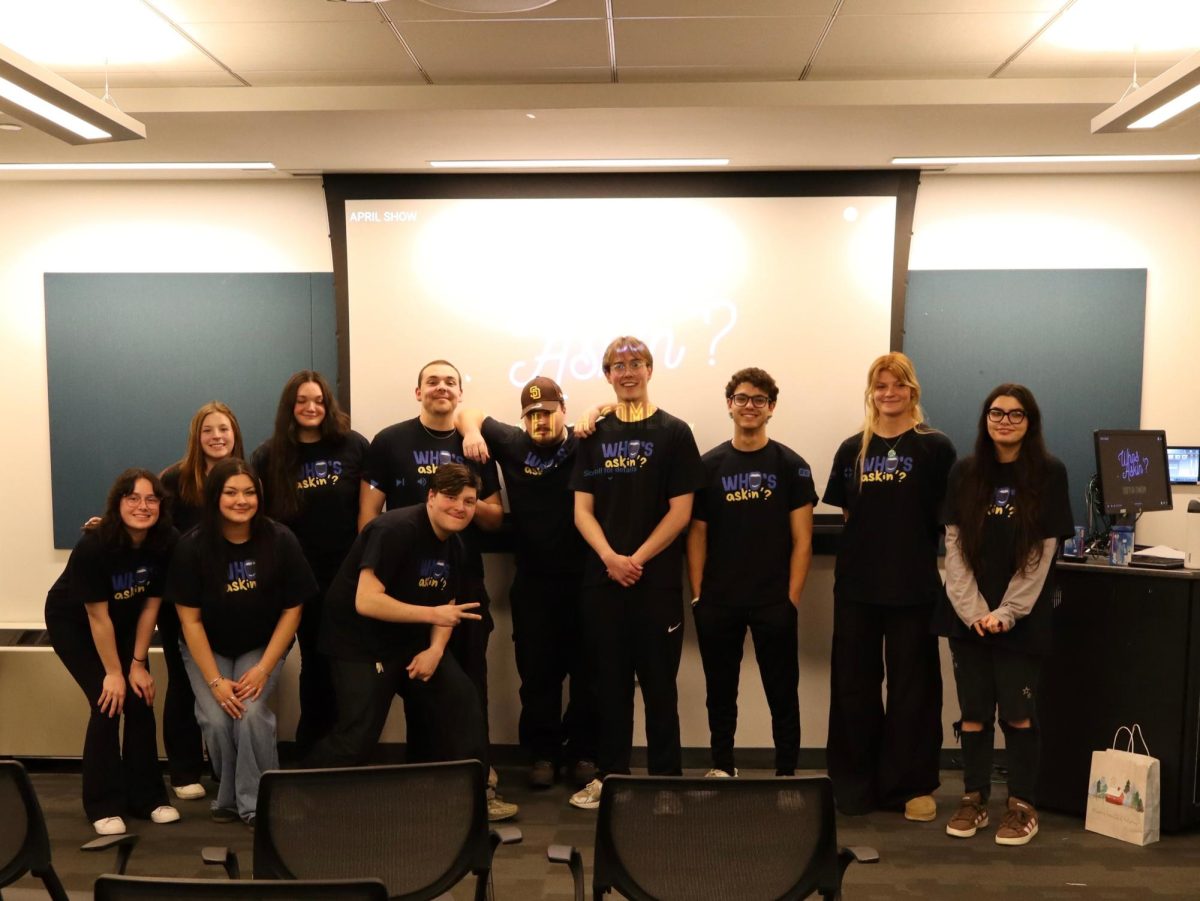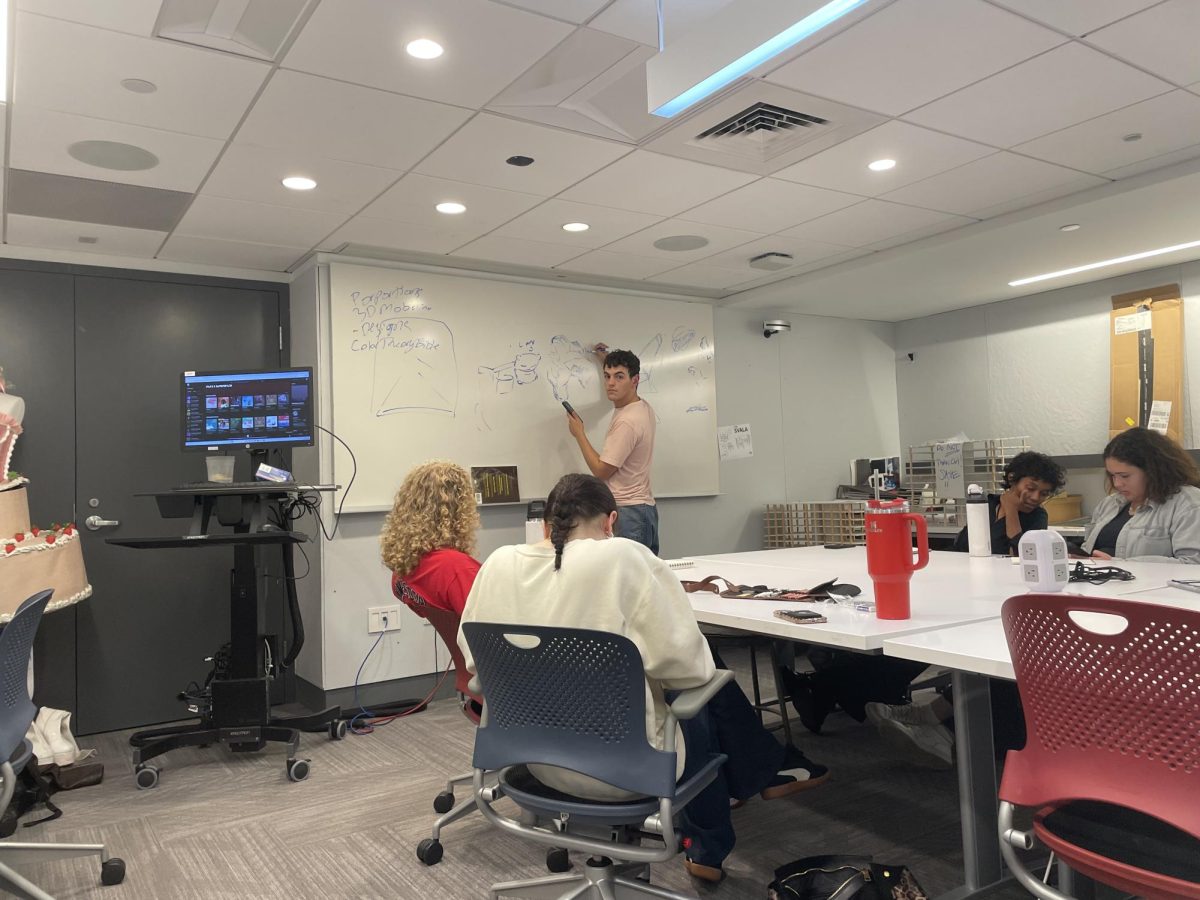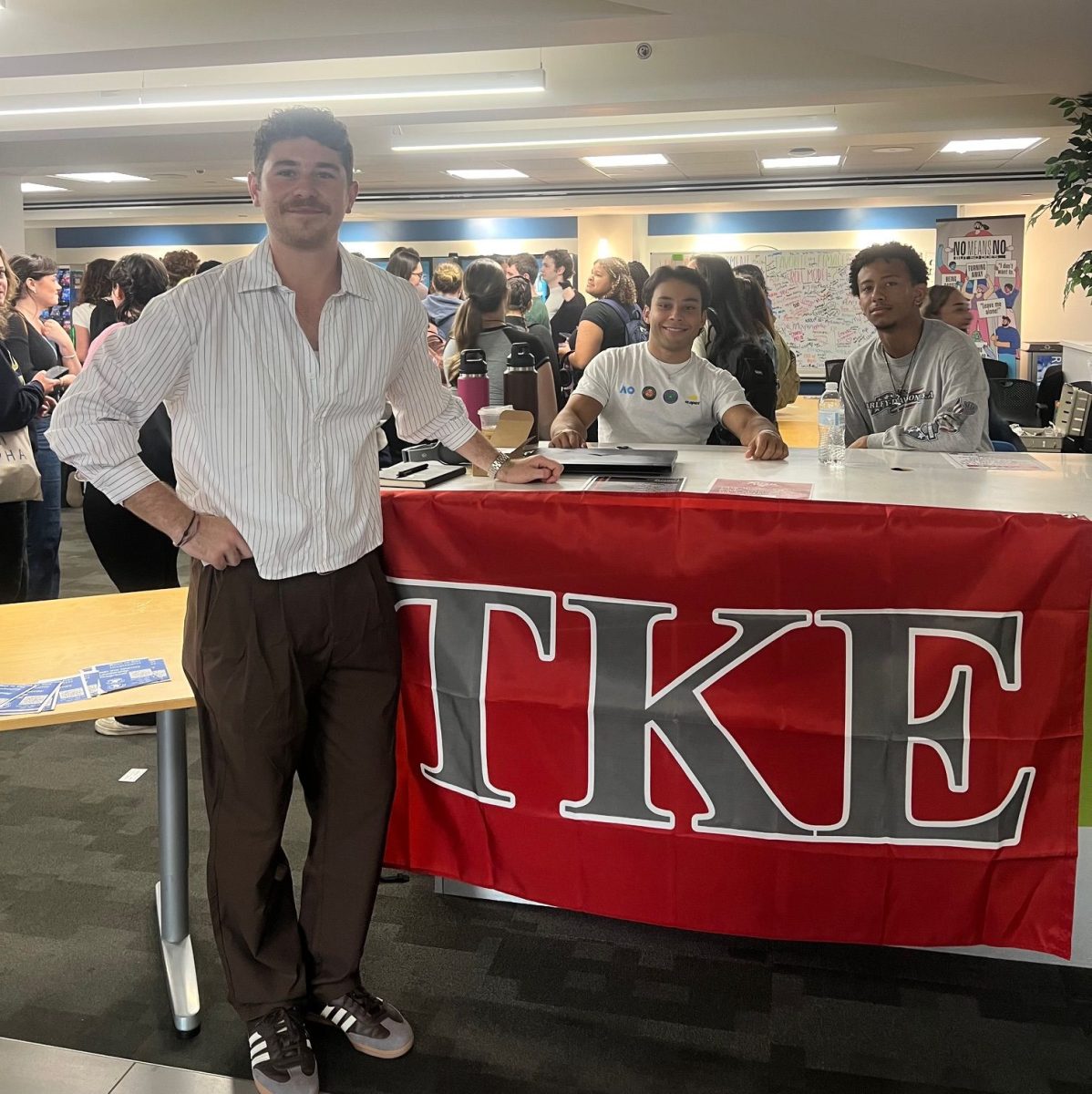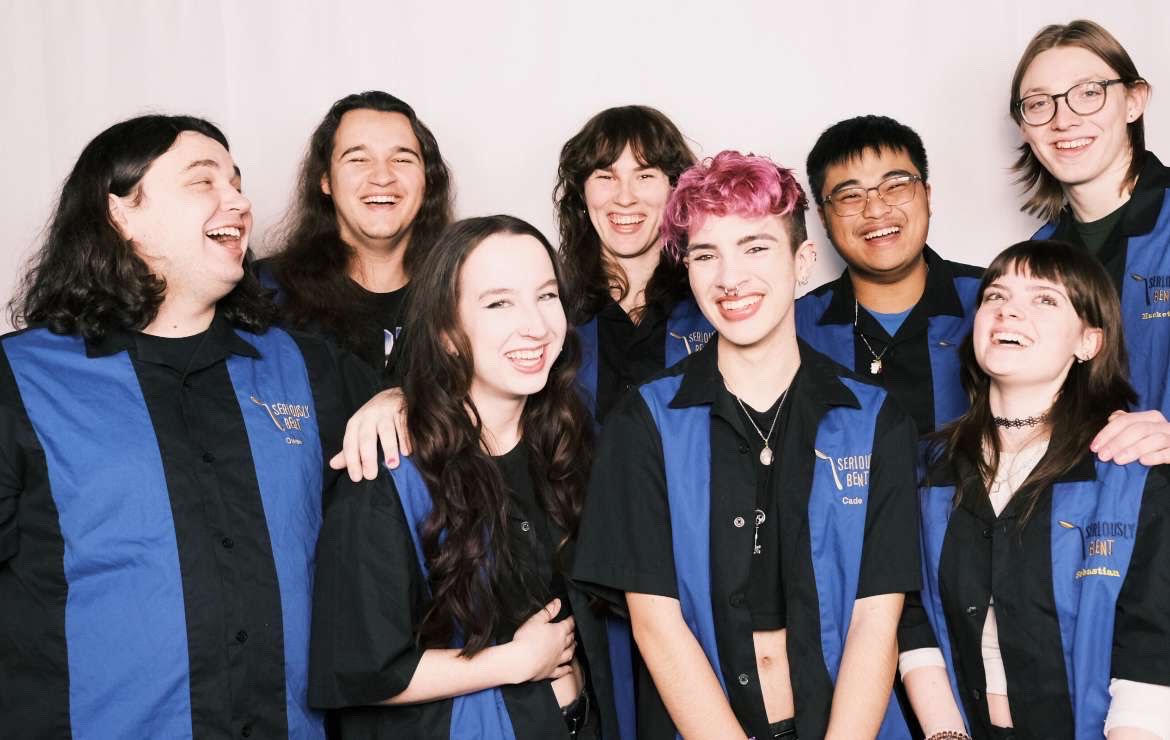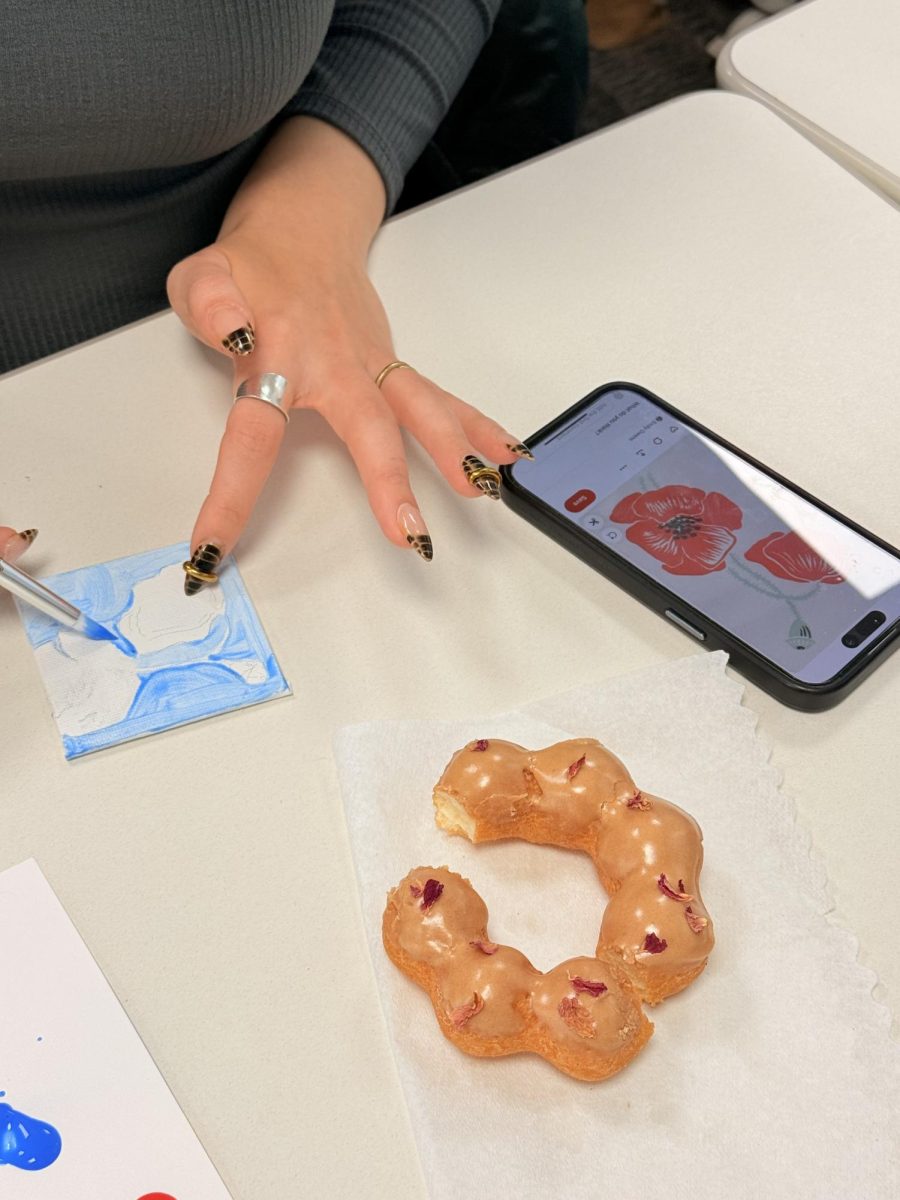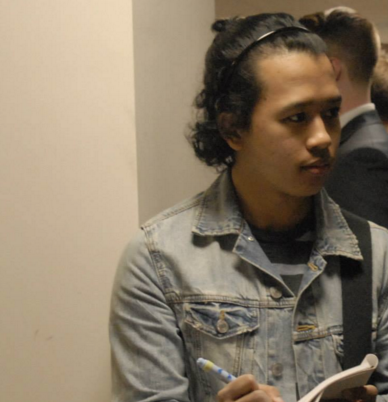In a corner of the 11th floor of the Tremont building, one can see a couple of offices dedicated to a publication for Suffolk graduates and staff.
After graduation, graduates should expect to receive copies of the Suffolk Alumni Magazine (SAM) in the months of June, October, and February.
Every issue has four long feature articles with two of the features being about Suffolk alumni and the other two being about the university or any story involving the university.
“Suffolk Alumni Magazine was developed in 2005 as a way to enhance alumni engagement—to get graduates to connect or reconnect with the University.” said Andrew Levinsky, editor-in-chief of the magazine, in an e-mail. “The founding editor wanted to build the sense of community between the university’s 62,000 graduates (now 70,000) and between graduates and Suffolk. The idea was to reflect the impressive way that graduates were applying their education, to highlight their success stories, and to get them to consider supporting their alma mater.”
The magazine sends out blast e-mails to Suffolk alumni in hopes to find a former student who has performed exceptionally in their field. Sometimes, the magazine doesn’t even need to look for stories as some alumni and/or their families actually reach out to SAM so their stories can be told.
The person who deserves the credit for most of the exceptional stories and research is Renée Graham, a former Boston Globe reporter and is now SAM’s senior writer. She constantly reaches out to alums and also interviews them to get the best story possible.
“There are always stories and it’s easy to find the most compelling stories not just for the readers,” said Graham.
“In a city like Boston where alumni is centered, people pop up and there’s a steady stream of interesting characters.”
However, the magazine also hires the help of freelance writers especially when the stories are based in cities outside of Boston. When there is an alumnus/a in a different city, Levinsky, through his connections, finds a possible writer in that city to write a story on the former student.
Currently, there are only two full-time members of the magazine, everyone else is a part-timer and it is currently looking for a new art director. The art director is responsible for the magazine’s layout and possibly redesigning the magazine, as well as hiring photographers and illustrators.
Also on staff are two part-time copy editors who try to correct grammatical errors and generally oversee content.
The staff also consisted of one student intern who oversees different sections of the magazine, works on some editorial content and does some interviews for the stories. He or she also works on the class notes, which is basically a summary of the activities of some alumni, but the content is not enough for feature articles.
The magazine allows current students to write through its “Ask a Pro” section. Students are given the chance to interview any professional they want to talk to from celebrities to politicians as long as the magazine can reach out to them. In this interview the student can ask the “pro” three questions that relate to his or her field or interests.
“The challenge is finding a way to write stories that aren’t just puff pieces, but also have tension in them,” said Graham.



